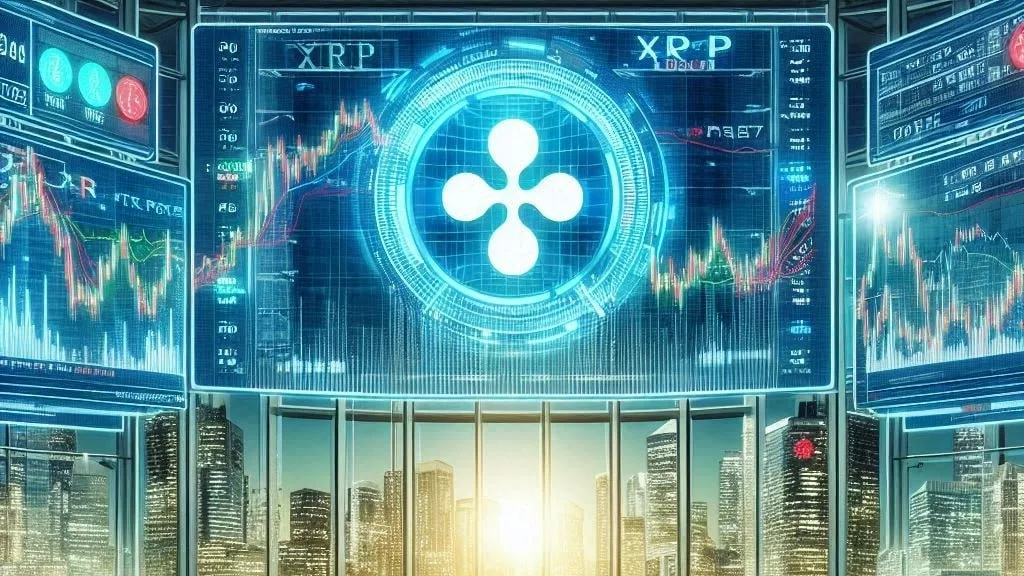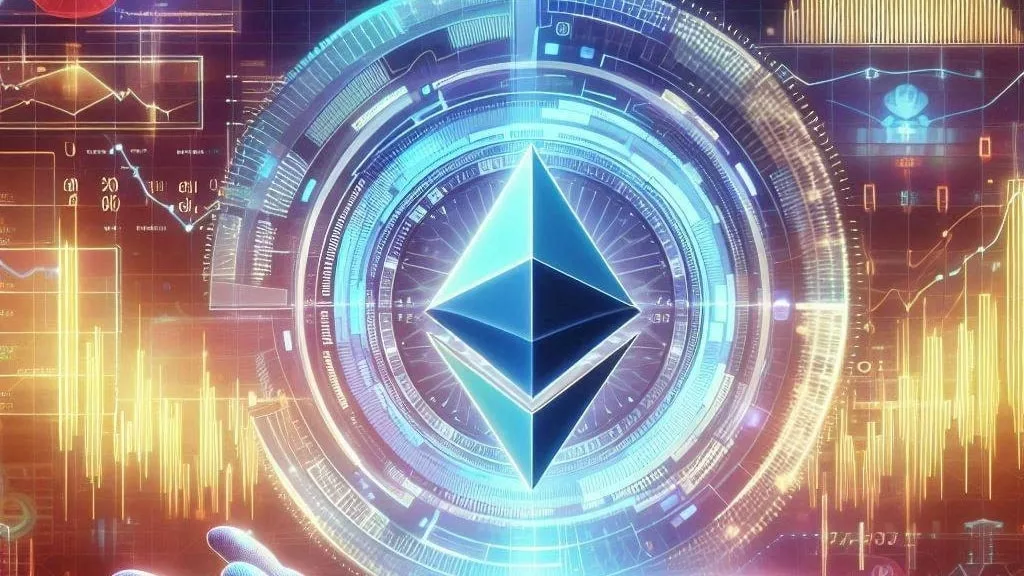
The much-anticipated Ethereum upgrade, Pectra, has encountered a significant issue that has delayed its planned timeline. Originally expected to roll out on the Holesky testnet on February 24th, the upgrade ran into finalization issues that prevented nodes from reaching consensus on blocks, an essential step for making them immutable. This misstep has cast a shadow on the Ethereum network’s schedule, causing uncertainty about when the Pectra upgrade will go live on the mainnet.
The Pectra upgrade aimed to improve Ethereum’s scalability and user experience, with key updates to blob scaling, smart wallet functionality, and overall system efficiency. However, upon activation on the Holesky testnet, a misconfiguration was identified in several major Ethereum execution clients, including Geth, Nethermind, ETHjs, and Besu. This misconfiguration led to issues with the deposit Contract Address (CA), which is crucial for the proper functioning of Ethereum’s transaction system.
Georgios Konstantopoulos, the CTO of Paradigm and a key contributor to the upgrade, clarified that the issues arose from the deposit CA bug. While the development team remains confident that the finality problem will be resolved soon, there are still lingering concerns. According to data from Dora Explorer, the finalization issues persist, and the developers are working to fix them through updates to the execution clients.
For those unfamiliar with the Pectra upgrade, it was designed to bring eleven significant updates aimed at enhancing Ethereum’s scalability and overall user experience. One of the primary goals of Pectra was to improve blob scaling, a critical feature for handling the growing demand for decentralized applications (dApps) and reducing congestion on the network. Additionally, the upgrade sought to enhance smart wallet functionality, which would benefit both retail and institutional users by streamlining the Ethereum ecosystem.
The Ethereum team had planned a phased rollout of the Pectra upgrade, starting with the Holesky testnet on February 24th, followed by the Sepolia testnet activation on March 5th. However, with the delay in the Holesky testnet rollout, the timeline for the rest of the upgrade is now uncertain.
Despite the technical hiccup with the Pectra upgrade, Ethereum’s price remains a key point of focus for the broader crypto market. ETH recently dropped to its 2024 lows, hovering just above the $2,000 mark. This price drop came after an earlier liquidation cascade in February, but the $2,000 level acted as a strong support, halting further declines. If this support holds, it could lead to a relief bounce, offering a potential recovery for ETH in the near term.
Interestingly, large players in the Ethereum market have remained bullish despite the recent setbacks. According to CryptoQuant’s founder, Ki Young Ju, addresses holding between 10,000 and 100,000 ETH grew by 24% over the past year. This growth, largely fueled by inflows from smaller wallets holding less than 1,000 ETH, indicates continued confidence from institutional investors and large holders in Ethereum’s long-term potential, even in the face of temporary delays.
While the Pectra upgrade’s delay has disrupted Ethereum’s planned roadmap, developers are working diligently to address the issues and resume progress. Once resolved, the upgrade is expected to significantly enhance Ethereum’s functionality, bringing the network closer to its long-term goals of scalability and efficiency.
The Ethereum community remains hopeful that the upgrade will still be implemented on schedule, albeit with a delayed start. As ETH continues to hold above the crucial $2,000 support level, traders and investors will be watching closely for any signs of a rebound. In the meantime, the focus is on resolving the finality issues with Pectra, ensuring that the network can fully support its growing demand and remain competitive against other blockchain platforms like Solana (SOL).
In conclusion, while the Pectra upgrade has faced setbacks, the underlying optimism around Ethereum’s growth and the ongoing support from large institutional players indicate that the network’s future remains promising. Traders should keep an eye on the developments as the Ethereum team works to resolve the technical issues and get the upgrade back on track.




Get the latest Crypto & Blockchain News in your inbox.